BFCM Conversion Tactics: Smart Bundles, Flash Sales & Scarcity Marketing
Reading Time: 13 minutesStill approaching BFCM with generic discounts, last-minute price cuts, or scattered promotions?…
Economies across the world are seeing implications of the massive lockdown and will gradually move on the path of recovery hereon. Business owners on one hand have to look into maintaining the stability of their ventures and on the other have to be mindful about the right way to react to the changing priorities. Be it B2B eCommerce businesses, B2C, or any other model, the impact of COVID has been seen on all.
Digitalization is accepted as a better means to carry out business processes. It was already in motion even before the pandemic struck. Now COVID has proved to be a catalyst in the process, speeding up the transition to the web. It will be interesting to observe how the B2B sector will survive the challenge. The steps entrepreneurs will take to minimize impact and the long-term solutions they come up with. It’s time to analyze the effects of COVID on B2B businesses. Optimizing B2B eCommerce experience during COVID-19 has become the need of the hour.
Marketplaces are the answer to all businesses who are looking to go the digital way when it comes to the procurement of goods and services by ditching the age-old way of offline shopping. That is also the path to take for B2B businesses during COVID19.
A new study stated that B2B online marketplaces will constitute a 30% share in total B2B sales around the world by the year 2024.
A report by Oracle is of the view that,
“Over one-quarter of B2B buyers (26%) identify marketplaces as their most preferred purchasing channel, and more respondents (87%) – including 97% of Millennials – buy [more] through marketplaces in general than in any other channel.”
Source: https://www.marketingcharts.com/
The convenience of purchase, a good shopping experience, a huge catalog of products, customer reviews, and ratings are some most coveted features. The expectations of customers have led giant B2C marketplaces to the likes of Amazon, take necessary steps, and expand into B2B.
The B2B buying behaviors have been inspired by the B2C ones, so much so that they have started to imitate the patterns of the latter. Hence similar to B2C, B2B ventures too will have to focus more on building brand awareness and credibility in the eyes of the customer, and not to forget form value-adding communities to help other businesses make buying decisions.
Yes, they absolutely are, we don’t say that! The stats do,
Before we get into busting one myth after the other it’s crucial to understand the fundamental difference between B2B and B2C types of businesses. The transacting parties involved in both the business types make a world of difference for these sectors. Where B2B deals require the manufacturer/seller on one end, on the other is the consumer of the product. Whereas in B2B transactions both the parties could possibly be manufacturers, retailers, and wholesalers. Which understandably makes the volume of sales larger in the B2B setup as compared to that of B2C.
COVID-19 effects on B2B commerce have been largely seen. The closure of manufacturing units during COVID has proved to be detrimental for the smooth movement of supply chains. The units where production was still ongoing were also not able to function in full force due to a limited workforce. It indeed proved to be a testing time exposing the vulnerabilities of different business sectors.
Not just this, since the demand never went down for a few industries managing supply and demand synchronization also posed a challenge. Then came the sudden shift in consumer purchase behavior, shut down, etc. which only made the situation even more challenging. The B2B industry too did not remain unaffected. COVID-19 effects on B2B businesses have been widespread.
Source: https://www.gartner.com/en
Commercial B2B operations rely on imports through various transport channels which have also been affected by the pandemic.
Similar to B2C, in the B2B industry as well the concerns arise from various directions. In addition to fixing the disturbances caused in the supply chain dynamics focus shall also be on employee health. Building community trust and forming great customer relationships is also a must. An understanding of the short term and long term impact of the crisis is crucial to making the right steps hereafter.
In addition to focusing on value-adding mergers and acquisitions, you as a B2B business owner will need to take care of the following things wrt the online space. Here we will deal with 2 situations, one at a time.
The relevance of online channels holds as much true for B2B as it does for B2C, more so now in times of the pandemic. Experts attach twice the importance to the online presence for business now than what they did some time back.
Source:LYFEMARKETING
With increased penetration of digital media, it is becoming crucial for businesses to have an online presence. The customer today is expecting to avail of the same experiences they get on B2C platforms on the B2B ones. The myth that customers do not want to participate in B2B interactions online needs to be busted. Today’s B2B buyer is a millennial that does not want to place orders on the phone.
Source:https://marketing.wtwhmedia.com/
The decision to have a B2B eCommerce website may not necessarily be complex and hectic. A few right decisions and you will land yourself the best platform, and begin generating leads. If you do not have the expertise to create one such platform there are multiple outside agencies that will do the job for you and brilliantly, to say the least.
Your primary job would be to mold your product data in a manner that fits the bill for an eCommerce website. For the online implementation of your business setup, you need to carefully craft product descriptions. Do away with industry jargon, and represent the product in a way that customers can easily browse for it. A website will look aesthetic with UI you have in place and the images that appear on it. Remember a picture speaks a thousand words and no matter how luring and articulate your product description is the customer will believe what he sees. Your product images will play an important role in sealing the deal here.
All you need is to craft your products and make them ready to show up well on an eCommerce website. Third-party solution providers will take care of the rest and help you fill in the loopholes.
Also Read: Going to start a B2B eCommerce Marketplace? Read these FAQs before you take the leap.
During the COVID crisis, it becomes your foremost responsibility to cater to your costumes in the best possible manner. There are areas that are worst hit by the pandemic, offering additional offers and deals to customers belonging to those areas will help earn customer loyalty. Standing together with the community and coming to its help when it needs the most will help you establish a human connection. In case of limited stock, you shall prioritize catering to customers coming from some majorly impacted regions. Distributing goods and essentials, running discounts, forgoing additional charges are a few measures you could take as a business to fulfill your responsibility towards the community.
We all know how simply having an eCommerce version for your B2B business won’t help. When businesses have come to a standstill you must take this time to curate exceptional experiences on your B2B website. You’ll need to ensure the delivery of great experiences, smooth functionality, and secure payments through it. Quality cannot be compromised on and that is the rule of the thumb.
Running a B2B business must have let you in on the requirements of your customer. Now all you need to do is take it up a notch by focusing on the overall experience of it. Product synchronization, product details, pricing, and data updation at all times shall never experience any delay. Make your website aesthetic to look at and easy to browse. You shall put in place provisions for your customers to be able to pay safely for their orders. Additionally, they should also be able to track them at all times.
Yes! Create a blog. Tell people about your niche, educate them, make them aware of your B2B eCommerce business. Content consumption in all forms has increased, especially now. If for long you did not find the time to create textual content do it now. People want to connect with brands that have the right stories to tell. Talk about your niche and bring your targeted customer to read it. Provide solutions and help them make informed decisions. The better thought leadership that you will be able to establish with your content the more SEO juices will flow to your site and the more will be your brand recognition.
Source: https://www.lyfemarketing.com/
73% of millennial workers take crucial purchase decisions for their company or business.
The B2B buyer today is a millennial and you don’t know from where she will place her order. Will it be your website? Or will a mobile app be the preferred option? Well, no matter what it is you have to be prepared. The device shall not create a barrier between you and your customer.
Mobile-friendliness of your B2B eCommerce website is a must given the ever-increasing penetration of smartphones and the internet. B2B mobile commerce is getting bigger. Over 53% of B2B marketers have already incorporated mobile marketing as a part of their overall marketing strategy.
B2B eCommerce marketplaces today are targeting to deliver B2C like experiences to their customers. This approach is helping them move up the success ladder. This will upgrade B2B businesses from their age-old ways of transacting and also connect the buyers and sellers digitally. Streamlining the entire supply chain to a large extent can be possible using this strategy. Also, B2B business owners now accept more than ever how moving online is helping automate the entire process of carrying out business transactions and making the process of sale highly efficient.
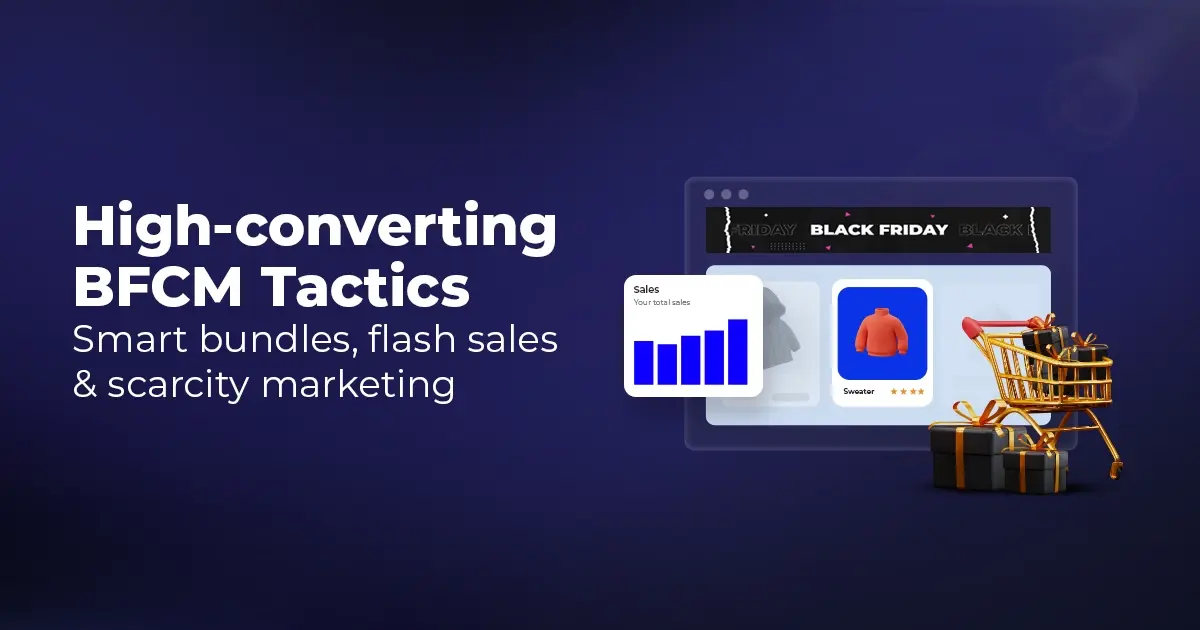
Reading Time: 13 minutesStill approaching BFCM with generic discounts, last-minute price cuts, or scattered promotions?…

Reading Time: 3 minutesTikTok Shop reached a major milestone during its largest U.S. “Global Black…

Reading Time: 3 minutesOpenAI has announced a new AI-powered shopping research tool designed to help…

Reading Time: 9 minutesIf your TikTok Shop listings often sit in review or your visibility…
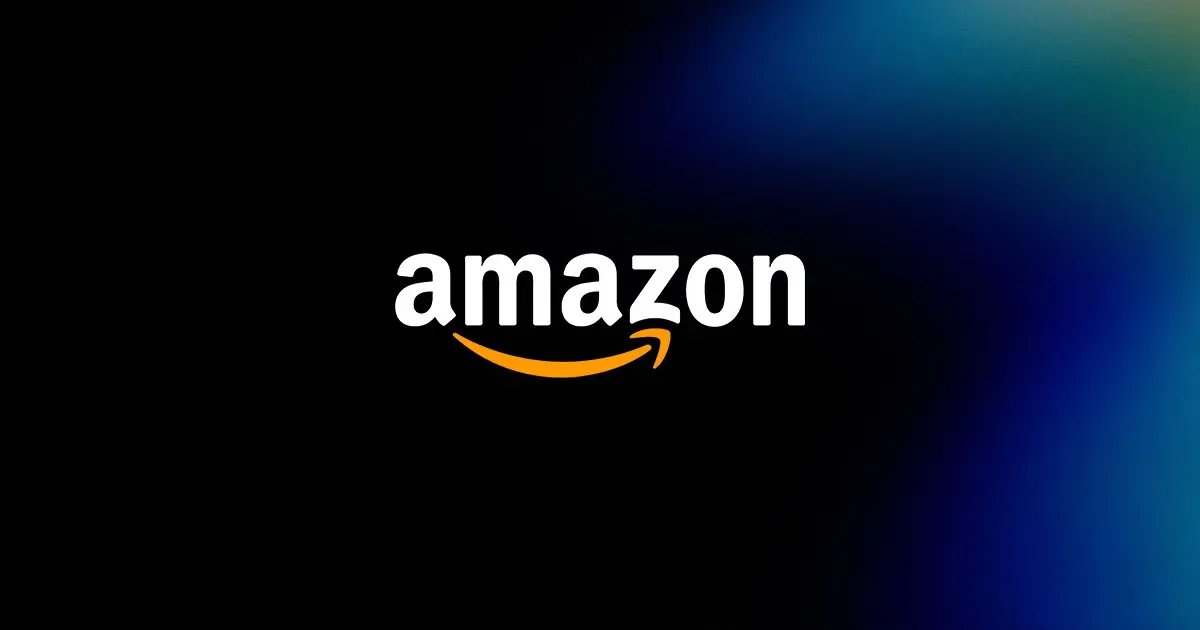
Reading Time: 3 minutesAmazon has rolled out a new “Seller Challenge” feature for eligible Account…

Reading Time: 3 minutesWalmart Marketplace has sharpened its requirements around product classification (category, type group,…

Reading Time: 3 minutesJust ahead of Black Friday, Amazon is enforcing tighter controls on its…

Reading Time: 11 minutesWhere holiday prep of past years focused on legacy channels like Amazon,…
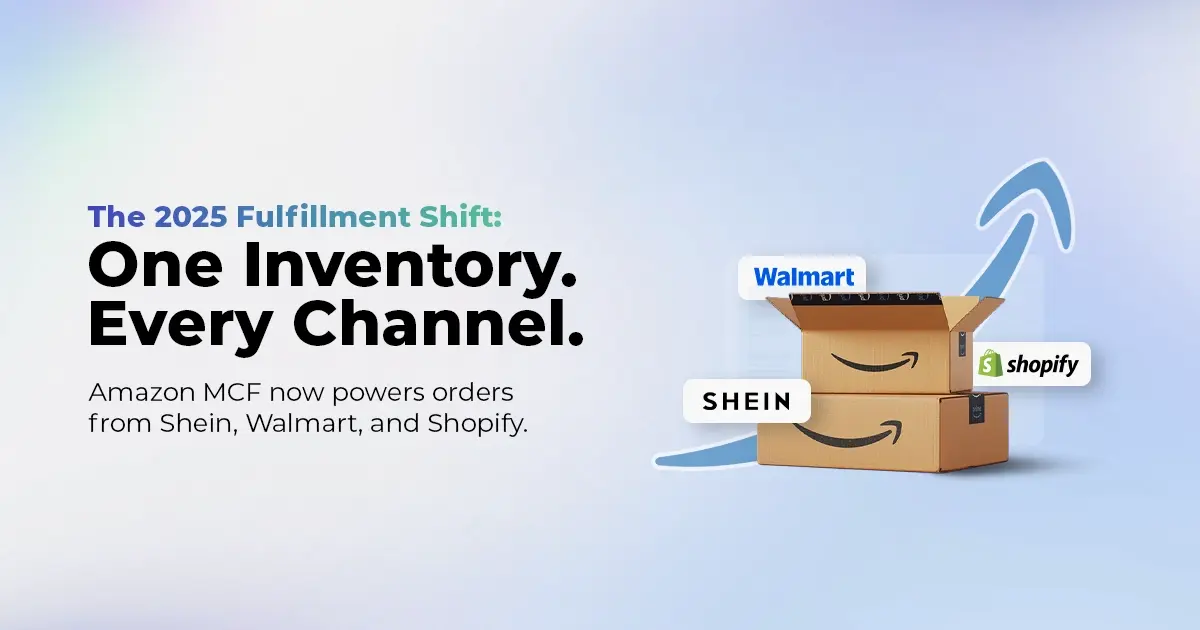
Reading Time: 11 minutesThe eCommerce shift you actually need to act on Multi-channel fulfillment has…
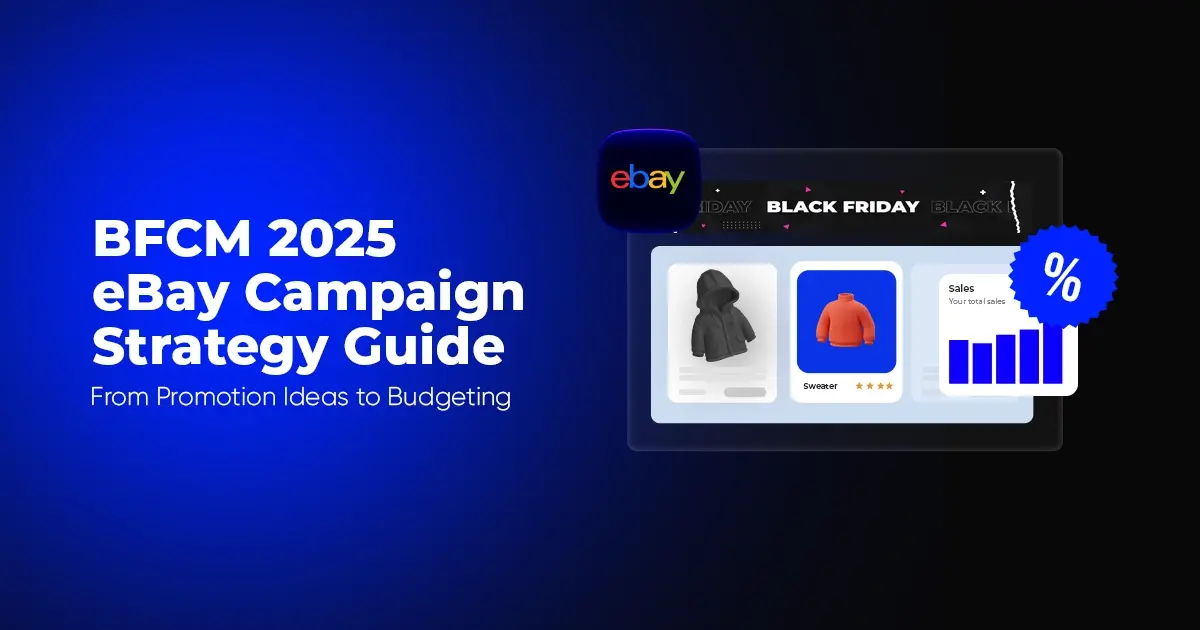
Reading Time: 10 minutesBlack Friday Cyber Monday (BFCM) isn’t a weekend anymore; it’s a two-month…

Reading Time: 2 minuteseBay is quietly testing a new feature that could reshape how buyers…

Reading Time: 2 minutesAmazon is stepping into a new era of value commerce with the…
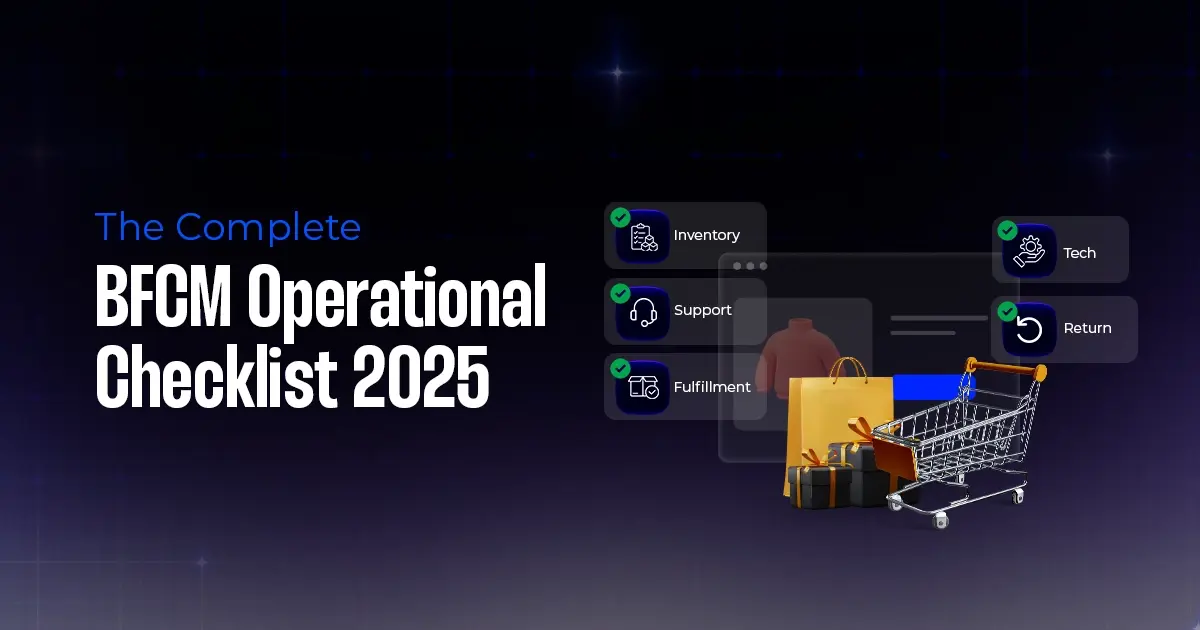
Reading Time: 11 minutesThe $240 Billion BFCM Opportunity & Why Operations Matter Every seller, business,…
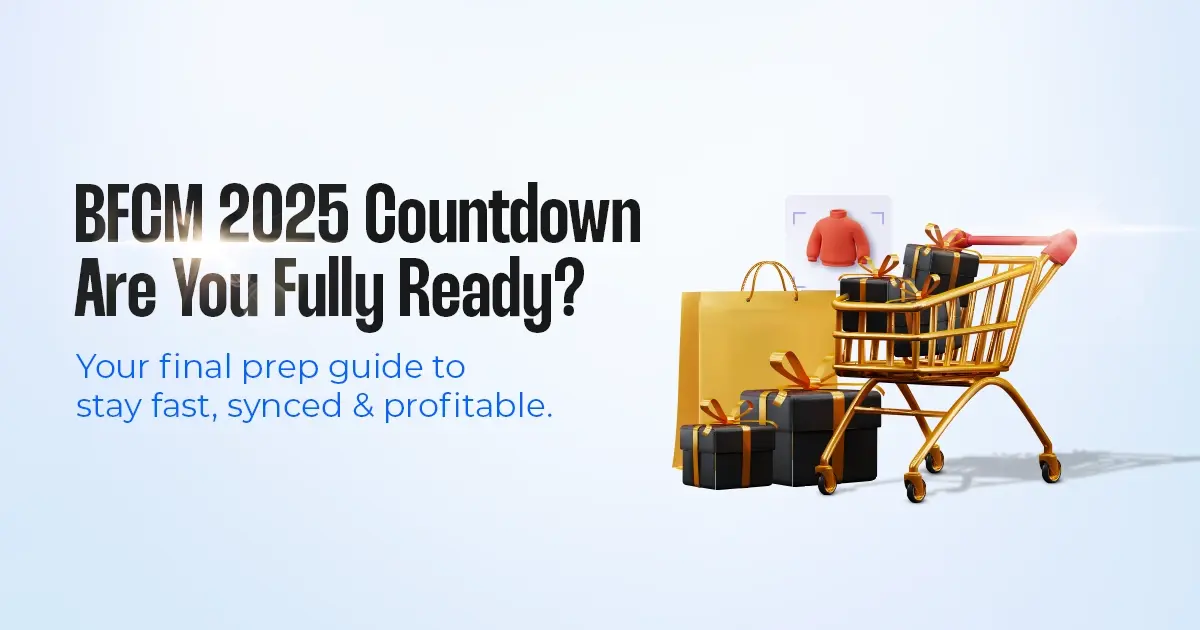
Reading Time: 7 minutesTL;DR — Your 60-Second BFCM Battle Plan Time remaining: 3 weeks until…

Reading Time: 2 minutesChina’s Double 11 shopping festival — the world’s largest annual online retail…

Reading Time: 2 minutesAs the holiday season approaches, TikTok Shop has released its September 2025…

Reading Time: 3 minutesIn a continued effort to enable sellers and stimulate new product launches…
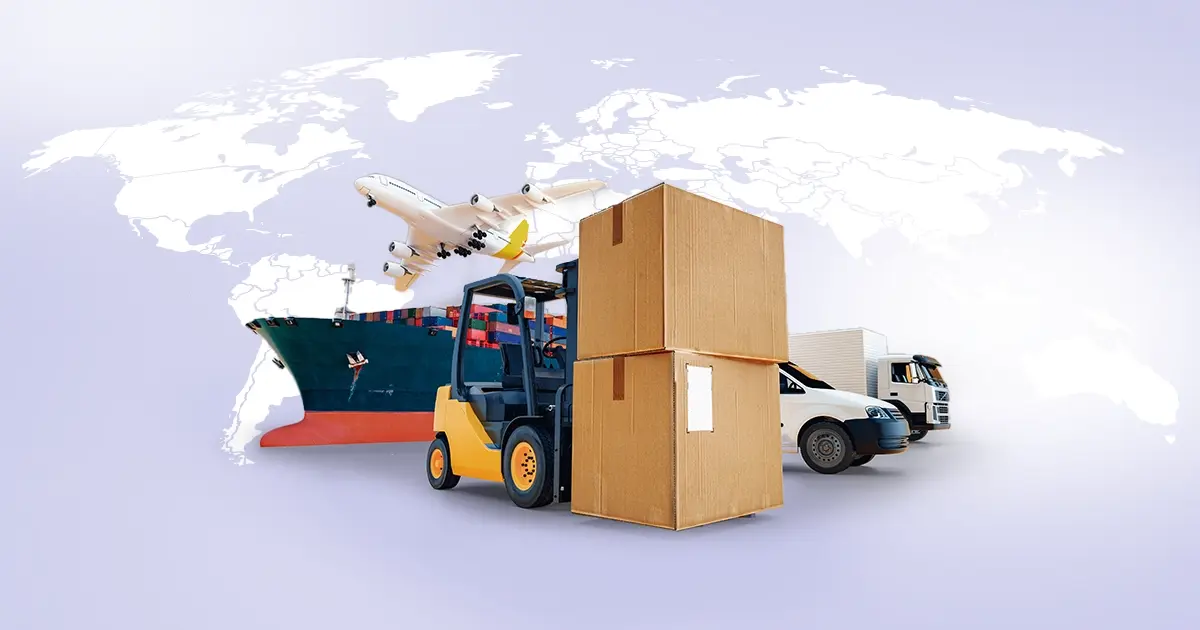
Reading Time: 2 minutesAs global trade enters a new phase of regulation and cost restructuring,…

Reading Time: 2 minutesOpenAI Turns to Amazon Web Services in $38 Billion Cloud Deal: What…
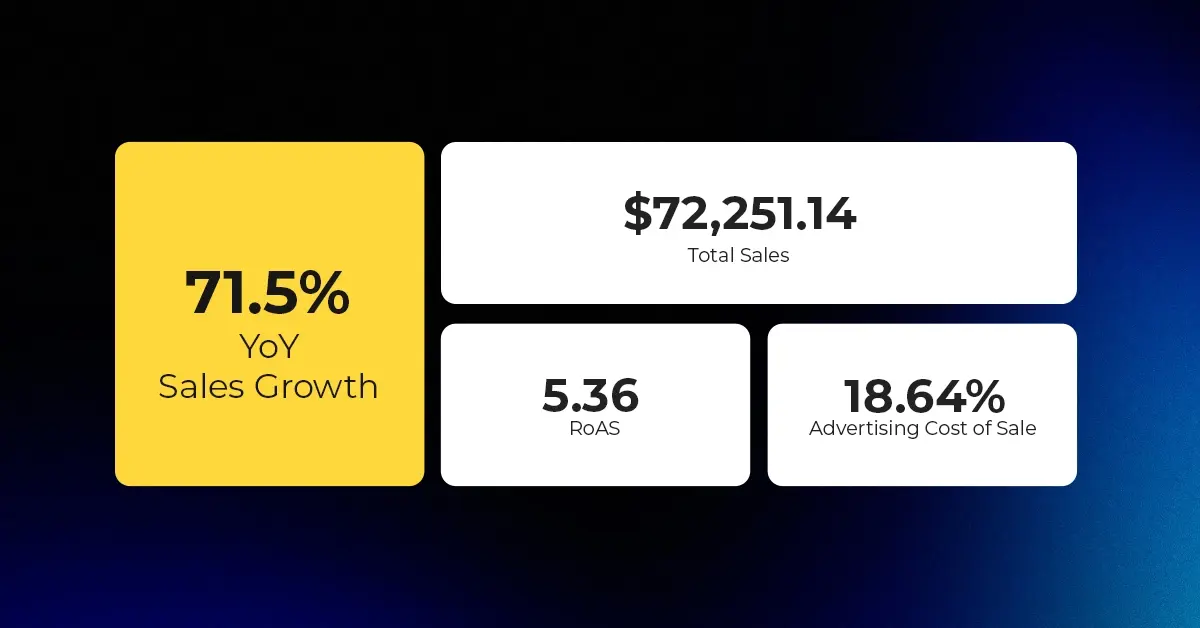
Reading Time: 4 minutesAbout the Client TMRG is a global health and wellness brand with…